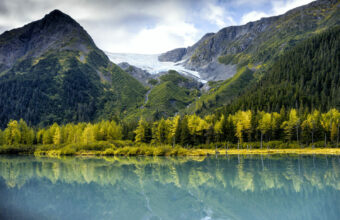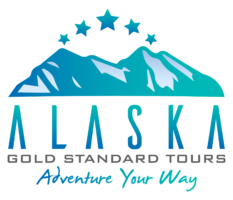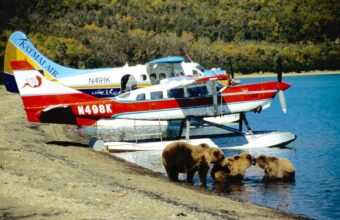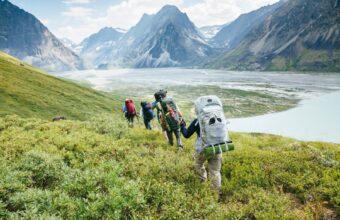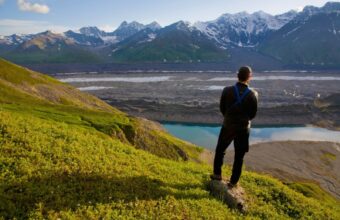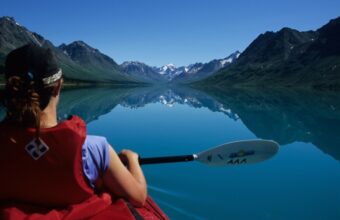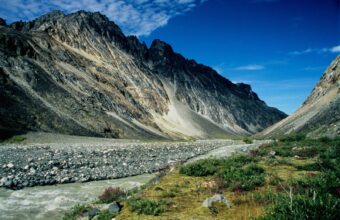What To Do In Wrangell-St. Elias National Park And Preserve
Adventures and activities in Wrangell-St. Elias NP
Wrangell-St. Elias National Park may be best known for its enormous size; this 13.2 million acre behemoth is twice the size of Maryland.
It's also a paradise for mountaineers, sporting some of North America's largest volcanoes but none of the traffic jams you'd find in Denali. Although access is usually easiest by air taxi, two dirt roads offer limited access into the park: The Nabesna Road, which has several stream crossings, and the McCarthy Road, which is famous for hiding stray railroad spikes that can puncture flat tires.
Happily, road conditions have improved greatly in recent years, and the tiny mining town of McCarthy and the nearby Kennecott copper mine, five more miles away by road, make great access points to this stunning, rugged wilderness.
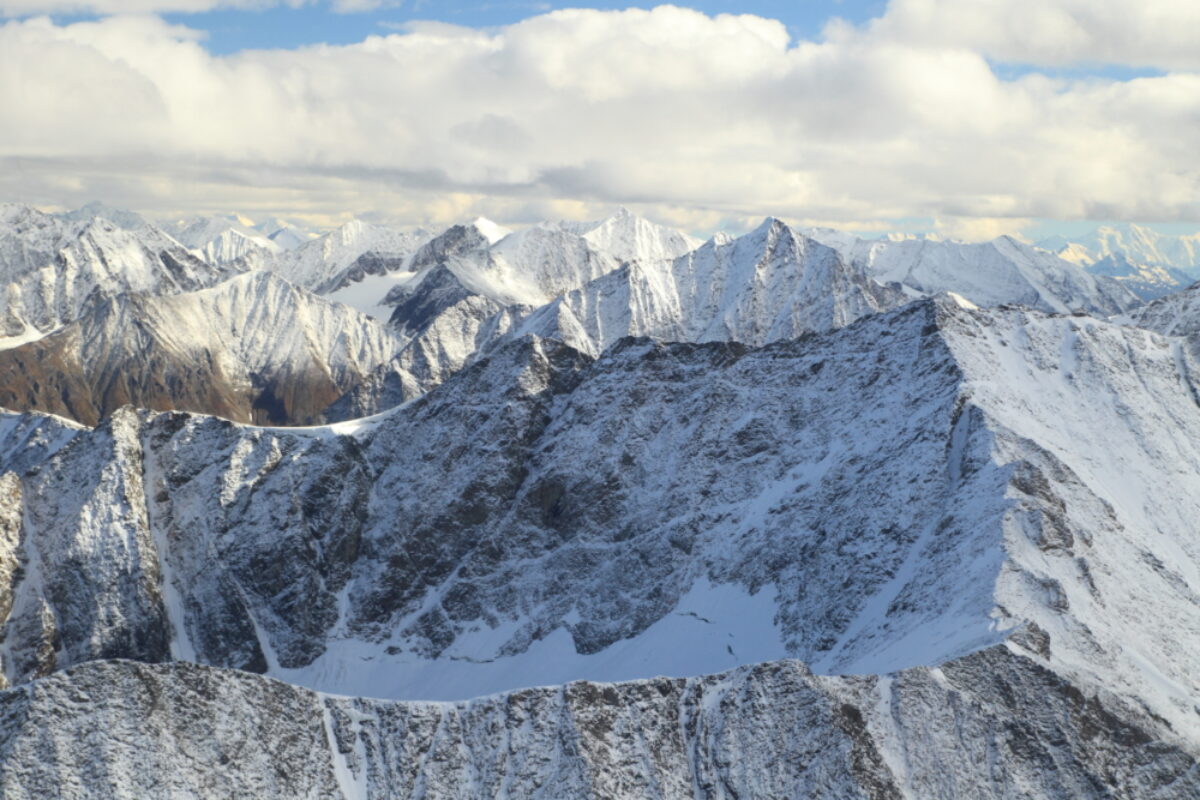
Wrangell-St. Elias National Park
Wrangell-St. Elias highlights
Wrangell-St. Elias boasts an incredible diversity of attractions, including the 14,163ft (4,316m) Mount Wrangell (an active volcano) as well as a number of impressive glaciers
The landscape offers spectacular opportunities for mountaineering, backpacking and day hiking with trails including the Skookum Volcano Trail and Caribou Creek Trail, both accessible from Nebesna Road.
Other popular activities include float trips, off-roading and, with a vast array of wildlife living within the park, hunting and fishing.
It’s not all wilderness and adventure; there are many cultural and historical attractions here too. Don’t miss the Kennecott Mines National Historic Landmark and the isolated town of McCarthy, which is located at the end of the McCarthy Road. From McCarthy, cross a footbridge and walk, ride or hop a shuttle for five miles to reach Kennecott (the old mill town).
How to get to Wrangell-St. Elias National Park
Wrangell-St. Elias is one of the few Alaska national parks that is (somewhat) accessible by road. Two dirt roads lead into the park: the 42-mile Nabesna Road (which includes several stream crossings) and the 59-mile McCarthy Road. Two-wheel-drive vehicles can usually be driven cautiously on these roads, but in poor road conditions or after a rain, it's much better to have a four-wheel drive vehicle.
The Wrangell-St. Elias Visitor Center is located about 10 miles south of Glenallen on the Richardson Highway; that's 200 miles east of Anchorage and 250 miles south of Fairbanks.
There are also two ranger stations in the park: The Chitina Ranger Station in the south at the start of the McCarthy Road, and the Slana Ranger Station in the north at the start of the Nabesna Road.
Bring at least one spare tire and a jack any time you drive these roads. The McCarthy Road is built on an old railbed so if the sharp rocks don't get your tires, old railroad spikes sometimes do the job.
Chartering a small plane/air taxi remains your best bet for reaching more remote areas of the park.
Wrangell-St. Elias National Park weather
In most of Wrangell-St. Elias, tall mountains shield the park from a mild maritime climate, leaving it with long, cold winters. Nighttime temperatures may drop as low as -45 C (-50 F). Summers are short, warm and dry. With that said, weather can change quickly and dramatically in any season.
The exception to this is the Yakutat coastal area, which tends to high winds and storms in spring, fall and winter. Yakutat is extremely wet, receiving about 151 inches of rain every year. Summer temperatures in this part of the park average around 10 C (50 F) to 21 C (70 F), and winters average around -4 C (25 F).
If you’re planning on heading for the highest elevations, mid-June to mid-August is the most reliable period for encountering little to no snow. Snow typically starts falling again around September.
Wildlife in Wrangell-St. Elias National Park
Wrangell St. Elias's diversity of ecosystems--including temperate rainforest and tundra -- mean you can see many different animals here, although you may need binoculars to spot them.
Look for Dall's sheep, mountain goats, caribou, moose, grizzly and black bears, and even bison. Smaller animals include swans, porcupines, foxes and snowshoe hares. You may also see golden and bald eagles, hawks, and a variety of owls. Along the coastal areas of the park, you may see sea lions, harbour seals, sea otters and whales.
The Copper River offers good fishing for red, silver and king salmon, plus other fish including rainbow trout, grayling and Dolly Varden trout.
Wrangell-St. Elias NP travel tip
Mosquitoes can be a nuisance during June and July--bring a head net and mosquito repellent.
Wrangell-St. Elias National Park facts & figures
Covering an astonishing 13.2 million acres, Wrangell-St. Elias National Park & Preserve is the country’s biggest national park -- as big as Yellowstone, Yosemite and Switzerland all combined.
At 18,008ft (5,489m), the park’s highest peak is Mount St. Elias. The St Elias mountain range includes some of the highest peaks in all North America.

